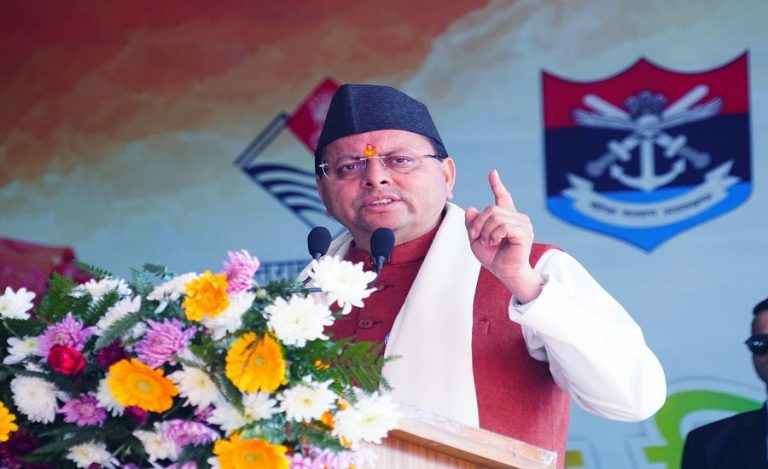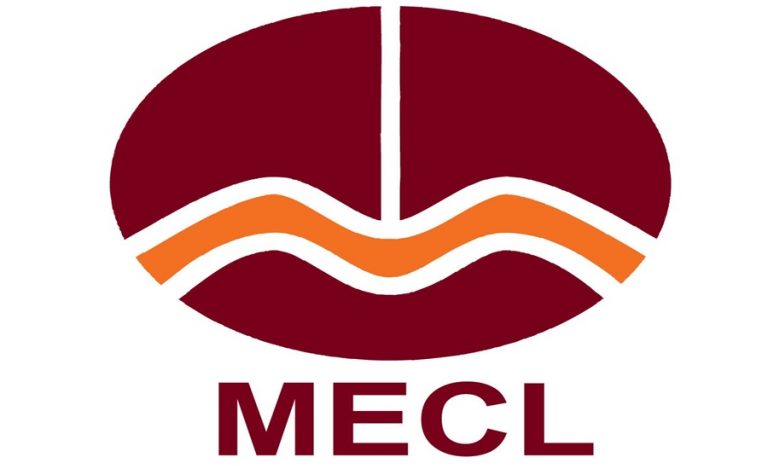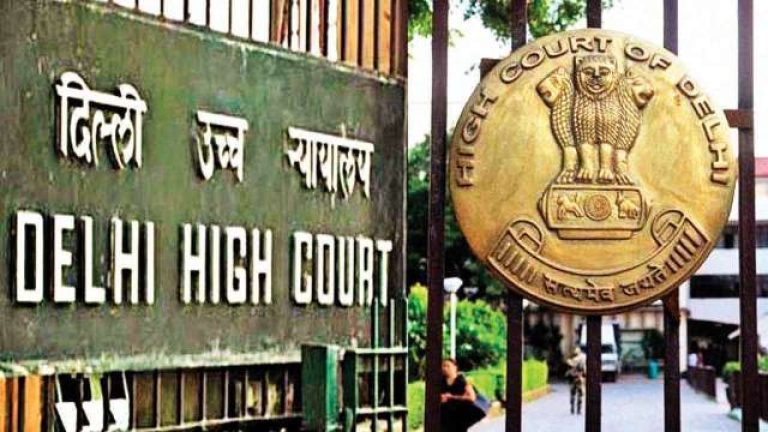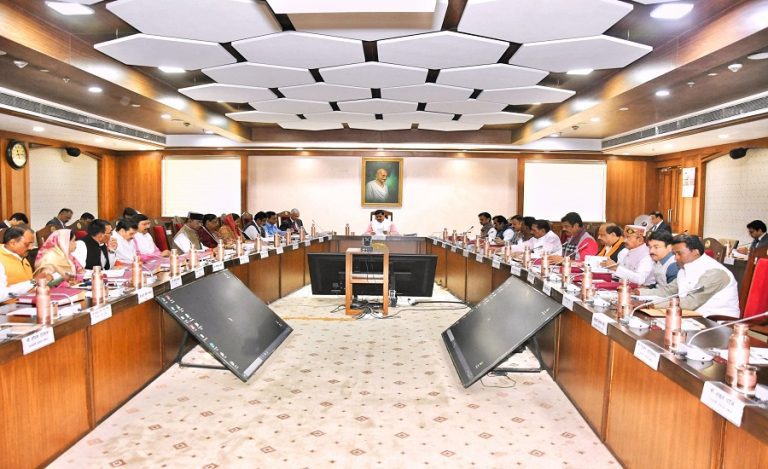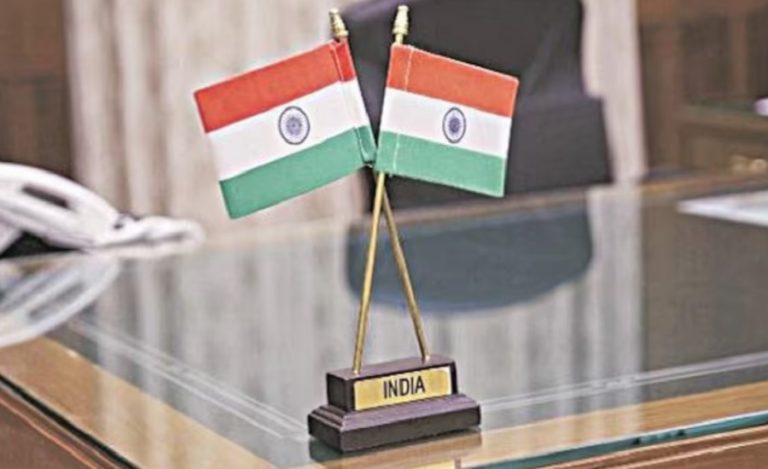Ahmedabad: The government of Gujarat, under the leadership of Chief Minister Bhupendra Patel, has announced a major urban development initiative to create five satellite cities surrounding the state’s major urban centers. The state government has allocated ₹50 crore for the project and formed a high-level committee to oversee the development of these cities. The initiative aims to alleviate the growing urban pressure in the state’s bustling cities while providing better living standards and infrastructure for residents.
The five towns identified for this ambitious project are located near major cities, including Ahmedabad, Gandhinagar, Vadodara, Surat, and Rajkot. These towns—Kalol (Gandhinagar Urban Development Authority), Sanand (Ahmedabad Urban Development Authority), Savli (Vadodara Urban Development Authority), Bardoli (Surat Urban Development Authority), and Hirasar (Rajkot Urban Development Authority)—are expected to evolve into fully developed “satellite cities.”
Government’s Vision for Balanced Urban Growth
This decision comes at a time when Gujarat has been celebrating the completion of 20 years of urbanization under Prime Minister Narendra Modi’s vision. The state’s growing urbanization has led to significant population pressure on cities like Ahmedabad, Gandhinagar, and Surat. The new satellite cities are expected to relieve this pressure by creating additional living spaces and spreading economic and industrial development beyond the core urban centers.
Chief Minister Bhupendra Patel’s government has recognized the need for more balanced development in the state. With the establishment of these five satellite towns, the government aims to improve the quality of life by reducing the cost of living in urban areas, while also providing modern infrastructure and residential spaces closer to industrial hubs. This move is also in line with the state’s ongoing projects like the GIFT City (Gujarat International Finance Tec-City) and the Dholera Smart City, both of which have attracted substantial foreign investments.
Satellite Cities for Sustainable Development
The creation of these satellite cities is expected to support Gujarat’s growing population, offering them more affordable housing and better facilities. The government has outlined a clear vision for these areas, focusing on sustainable urban development, with well-planned road networks, waste management systems, water supply, healthcare, and education facilities.
In particular, the satellite cities will act as a counterbalance to the increasing population density in Ahmedabad, Gandhinagar, Vadodara, Surat, and Rajkot. By shifting the burden of expansion to nearby towns, the government hopes to ease congestion in the cities and create vibrant new communities with modern infrastructure and job opportunities.
High-Level Committee and Infrastructure Development
To fast-track the development process, the Urban Development Department (UDD) has set up a high-level committee, which will work to synchronize the planning and development of these towns with their respective ‘mother cities.’ The committee will ensure the satellite towns are integrated into the urban development plan while maintaining their unique characteristics.
The committee’s primary goal will be to ensure coordinated growth with a focus on providing equal access to civic amenities and entertainment. This will help distribute both the population and resources more evenly across the state, providing a much-needed boost to regional development.
Addressing Challenges and Opportunities
The satellite cities are designed to address several key challenges faced by major urban centers, including overcrowding, high living costs, and pressure on public services. By promoting industrial and residential growth in these areas, Gujarat aims to create new opportunities for businesses, improve job prospects for locals, and create a more balanced urban landscape.
This step also reflects the state government’s vision to promote sustainability and improve the quality of life for residents, offering a model of urbanization that is both efficient and environmentally friendly.
Conclusion: A Future-Oriented Approach
The Gujarat government’s initiative to develop satellite cities near major urban centers is a crucial step toward building a more balanced and sustainable urban ecosystem in the state. With the right investment in infrastructure, coordinated planning, and a focus on affordability and quality of life, these new towns could significantly change the urban landscape of Gujarat, making it a model for other states to follow.
As the state moves forward with this ambitious project, it will not only provide an immediate solution to urban pressures but also lay the foundation for future growth and prosperity.



